The “Exposome” and Exercise As Longevity Medicine
Right now the most accurate predictor of lifespan—by correlation, not causality— is the ZIP code a person inhabits. In California’s Marin County, average life expectancy is 85. In one ZIP code of Fort Worth, Texas, life expectancy is just 66. Location reveals the impact on longevity of the exposome—the exposures one encounters from diet and lifestyle to environmental and occupational risks. Higher-income areas tend to have longer life expectancy, directly related to better access to healthcare and healthy foods, and overall better living conditions. (For more on longevity and location, see the Politics and Healthcare section.) Socioeconomics also has a huge impact on the exposome, with residents of low-income areas exposed to poor diets, unsafe levels of chemicals and high rates of crime. Solutions include offering federal funds, especially in underserved communities, to open greengrocers in food deserts and building sidewalks and other pedestrianized zones to promote walking. Quality nutrition and regular exercise remain the best antiaging medicines. According to the USDA, an area is considered a food desert if at least 500 people or 33% of the population live more than one mile (in urban areas) or 10 miles (in rural areas) from the nearest supermarket or large grocery store. Income levels also factor in: places with a poverty rate of 20% or greater, or a median family income at or below 80% of the statewide or metropolitan area figure, are considered food deserts.
EXPOSOME, AVERAGE LIFE EXPECTANCY
-
85Marin County, CA
-
65Fort Worth, TX
